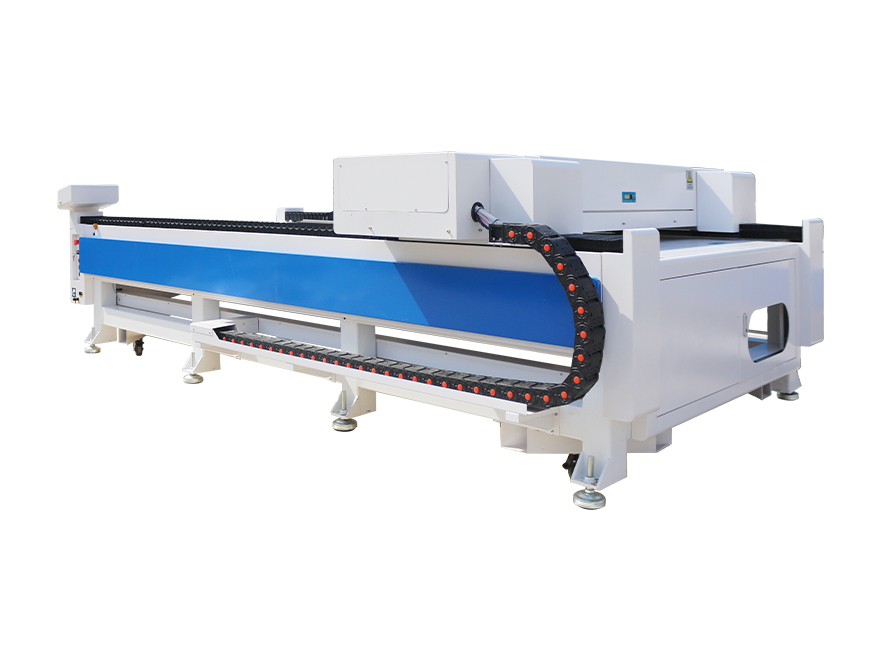Is the CO2 Laser Cutter Pass or Fail? A Comprehensive Test
Introduction:
The CO2 laser cutter has gained a reputation for its efficiency and precision in various industries and has become a popular tool among hobbyists and professionals alike. However, as with any technology, it is crucial to thoroughly evaluate its performance to determine whether it lives up to the expectations. In this article, we aim to conduct a comprehensive test to ascertain the effectiveness of the CO2 laser cutter. We will examine its advantages, limitations, and discuss if it can be deemed a pass or a fail in its designated applications.
Advantages of CO2 Laser Cutter:
1. Versatility:
The CO2 laser cutter offers immense versatility when it comes to cutting a wide range of materials, including wood, acrylic, fabric, leather, paper, and more. This wide compatibility allows for flexibility in various creative projects, industrial manufacturing, and even in medical applications.
2. High Precision:
The CO2 laser cutter enables intricate and fine cutting due to its focused laser beam. It allows for intricate designs and complex shapes to be effortlessly achieved with high precision, ensuring minimal wastage of materials.
3. Speed and Efficiency:
This laser cutting technology provides impressive cutting speeds, resulting in increased efficiency and productivity. It can significantly reduce production time, making it optimal for large-scale manufacturing processes.
4. Non-Contact Cutting:
Unlike traditional cutting methods, the CO2 laser cutter performs non-contact cutting, which eliminates the risk of damage to delicate materials or warping due to excessive heat. This advantage ensures superior cut quality and reduces the need for additional clean-up or refinishing.
5. Customization and Personalization:
The CO2 laser cutter allows for easy personalization and customization of products. Whether it’s engraving personalized designs on jewelry, adding branding to promotional items, or etching intricate patterns on textiles, this technology offers endless possibilities for creating unique and personalized products.
Limitations of CO2 Laser Cutter:
1. Limited Material Thickness:
Although the CO2 laser cutter is compatible with a wide range of materials, it may struggle when it comes to cutting thicker materials. The laser power and intensity may not be sufficient to cut through dense materials, requiring multiple passes or alternative cutting methods in such cases.
2. Health and Safety Concerns:
Lasers emit potentially harmful fumes and smoke during the cutting process, especially when working with certain materials like PVC or resin-based products. Proper ventilation and safety precautions must be in place to ensure a safe working environment.
3. Cost:
The CO2 laser cutter is a significant investment, making it less accessible for small businesses or individual hobbyists. The initial cost of the machine, regular maintenance, and consumables like laser tubes and lenses can add up, making it essential to carefully consider the return on investment before purchasing.
4. Learning Curve:
Operating a CO2 laser cutter requires some learning and understanding of the machine’s settings, software, and safety protocols. Novice users may need to dedicate time to get acquainted with the technology and its usage, but once mastered, it can be a powerful tool.
FAQs:
Q: Can the CO2 laser cutter cut metal?
A: No, the CO2 laser cutter is primarily designed for non-metallic materials. It can cut through materials like acrylic, wood, fabric, glass, and leather, but metal requires a different type of laser cutter, such as a fiber laser cutter.
Q: Is a CO2 laser cutter suitable for home use?
A: Yes, a CO2 laser cutter can be used in a home workshop or studio. However, proper ventilation, safety equipment, and knowledge of safe operation must be in place to ensure a safe working environment.
Q: How long does a CO2 laser tube last?
A: The lifespan of a CO2 laser tube varies depending on usage and maintenance. On average, a well-maintained CO2 laser tube can last between 2,000 to 5,000 hours of operation.
Q: Can a CO2 laser cutter engrave on curved surfaces?
A: CO2 laser cutters are primarily designed for flat surfaces. However, some machines come with rotating or tilting attachments that allow for engraving on curved surfaces to a certain extent.
Conclusion:
The CO2 laser cutter offers numerous advantages, including versatility, precision, speed, and non-contact cutting. It is an effective tool for various applications ranging from home-based projects to industrial manufacturing. However, limitations such as material thickness, cost, and safety concerns must be considered when evaluating its suitability for specific tasks. Overall, with proper knowledge, maintenance, and safety practices, the CO2 laser cutter can be a powerful and reliable tool, making it a pass in the field of laser cutting technology.





